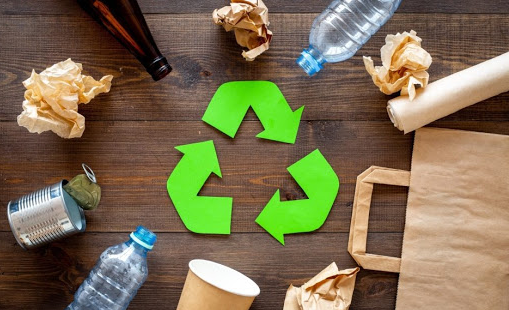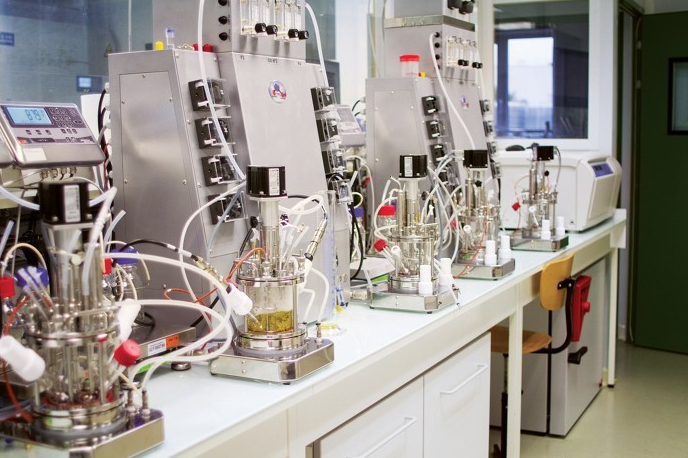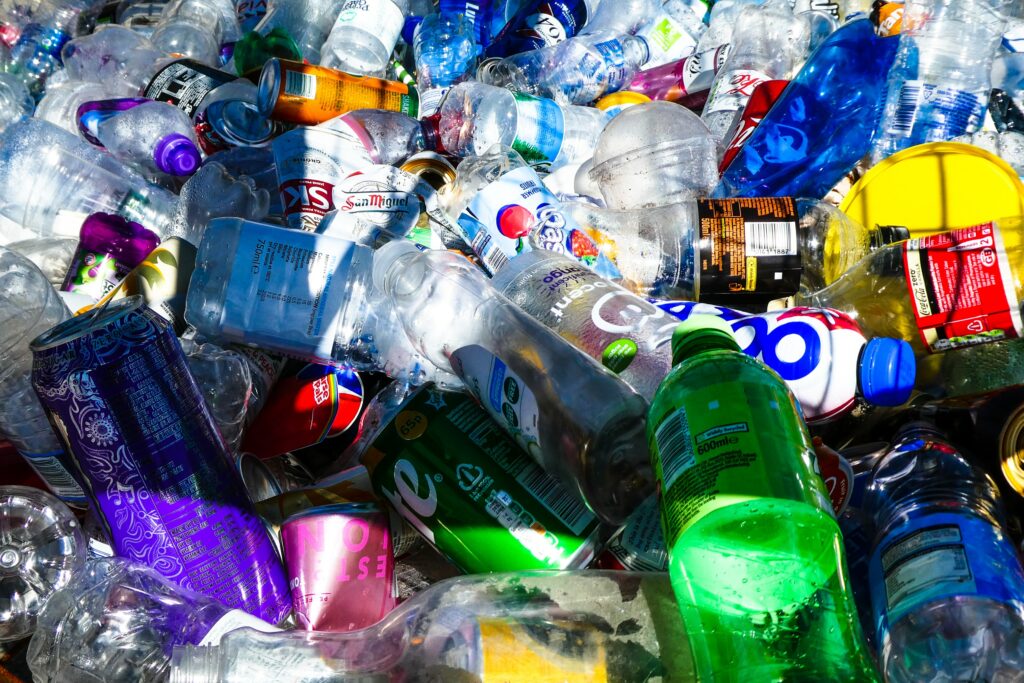Not just plastic! Deciphering the mystery of the 840,000 tons of garbage in distress.

Hey, friends! Today I bring you a very interesting and somewhat worrying topic, in the not too distant future, by 2030, fiberglass and carbon composites, these materials that are used in wind turbines, airplanes, yachts, and even cars. great, they are going to become a real headache as far as garbage is concerned. It is expected that by the year 2050, the waste of these fiberglass and carbon composites, which come from the aircraft and wind turbine industries, will reach some 840,300 tons! Yes, you read that right! Those tons of garbage would be like 34 giant stadiums packed to the brim! And that is, of course, if adequate recycling measures are not taken.
However, although there are recycling methods, most of this waste ends up in landfills or is burned, and this is not good for our planet, because in addition to polluting, the production of these “new” compounds also has its negative consequences, such as resource depletion and very high energy consumption during their manufacture. The amazing thing is that there are tons of ways to recycle these carbon fiber composites; a research team from the University of Sydney found that if fully utilized, they could reduce energy consumption by 70% and prevent key materials from being wasted.



These carbon fiber composites are super strong and versatile, so much so that their use is expected to increase by 60% in the next decade! But, unfortunately, that increase also means more garbage. By 2030, it is estimated that there will be about 500,000 tons of carbon fiber and fiberglass waste in the renewable energy sector alone. That’s a huge amount! But don’t worry, because Dr. Hadigheh and his team have come to save the day, they have developed a new recycling method for these fiberglass and carbon composites, so they don’t end up in landfills! His method is much more efficient and uses less energy than previous methods. In addition, they have shown that the recycled fibers obtained from this process retain up to 90% of their original strength. Wow!
The boys have successfully recycled bicycle parts and airplane parts made from these compounds, using their hybrid approach. This not only validates the effectiveness of his method, but also shows that recycled carbon fibers are stronger. A great achievement! Now, so that they see that they are not playing games, Dr. Hadigheh’s team has also evaluated other methods of treating this waste, taking into account the environmental effects and the economy. They have discovered that solvolysis, a process in which materials are broken down using a solvent under certain conditions, is a great way to recover carbon fiber for high profit. Methods such as catalytic pyrolysis and pyrolysis combined with oxidation have also been found to be super effective.


And not only that, friends, this discovery is a great opportunity for manufacturers. Instead of continuing to produce more and more new material, they can now develop recycled products using these end-of-life materials. That’s awesome!





Responses